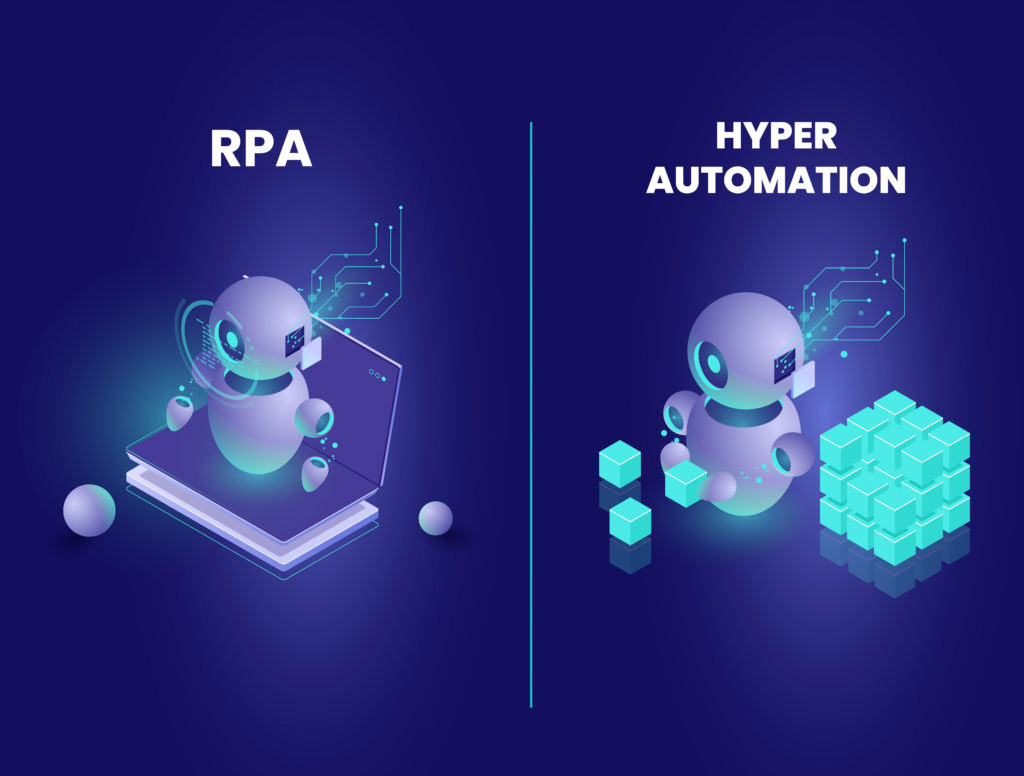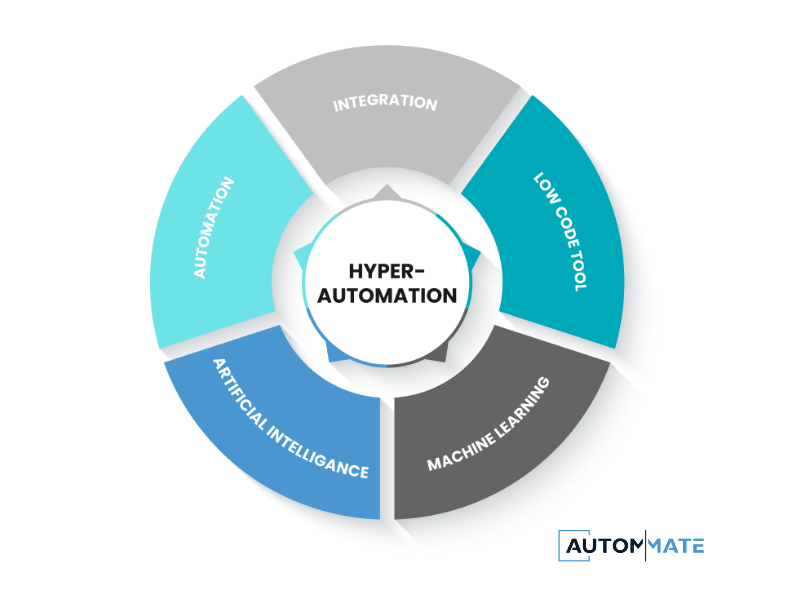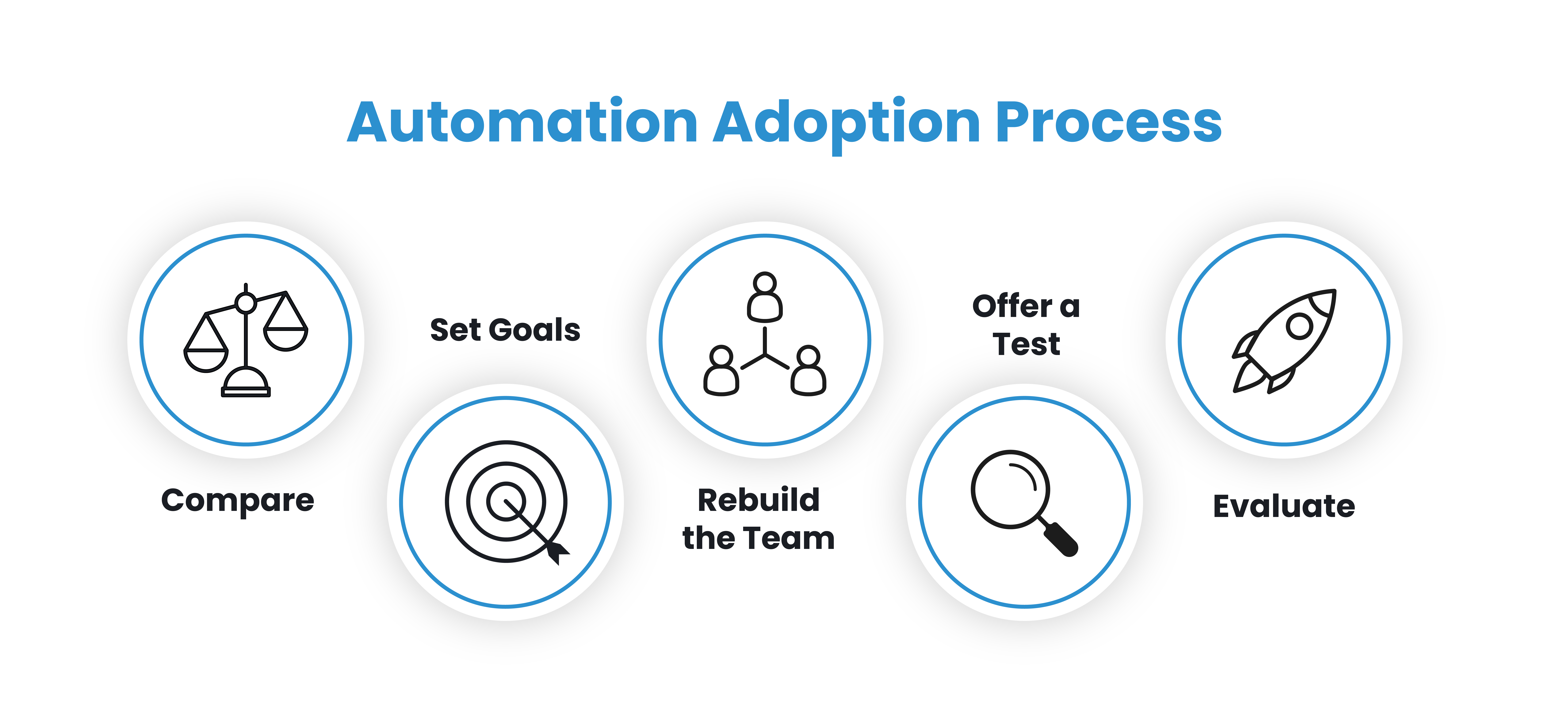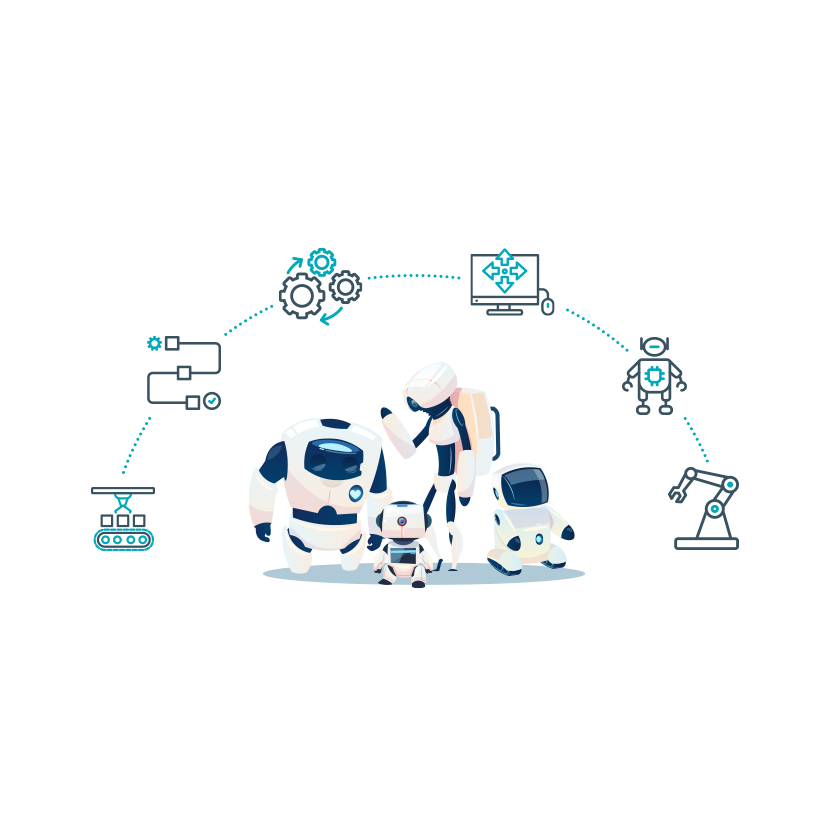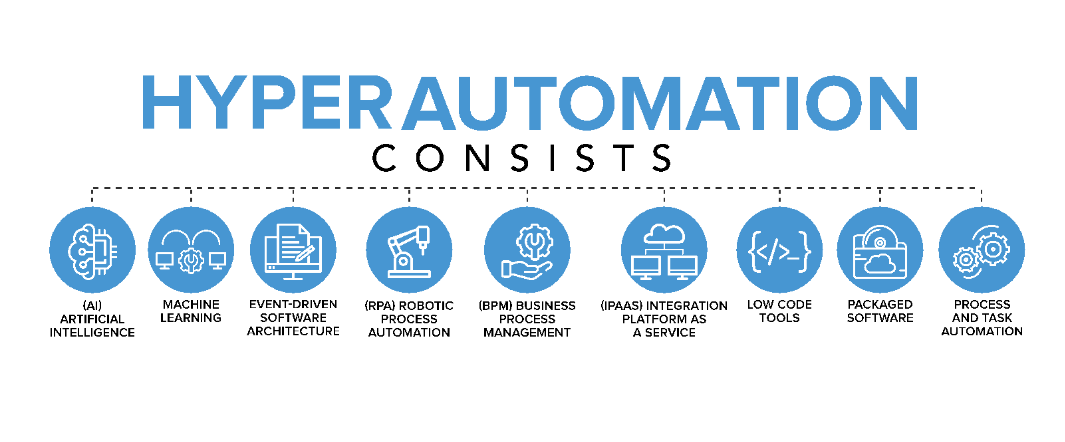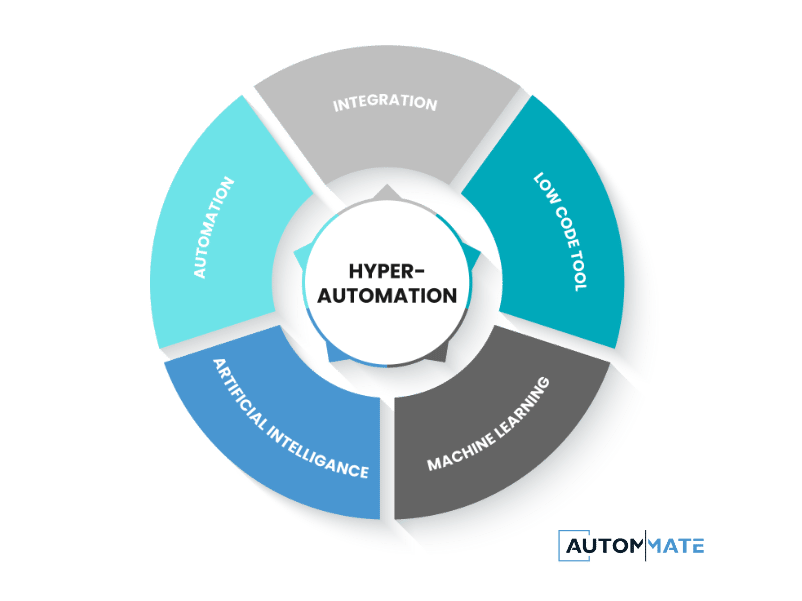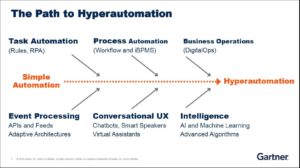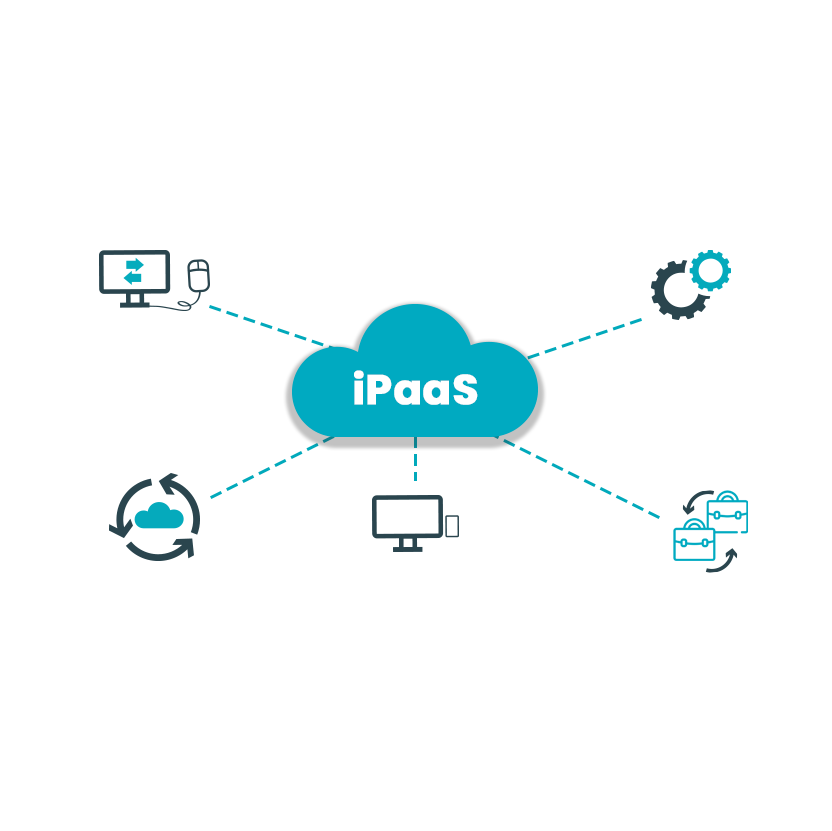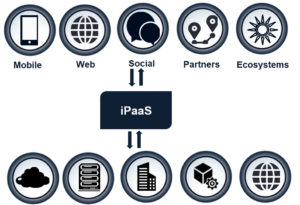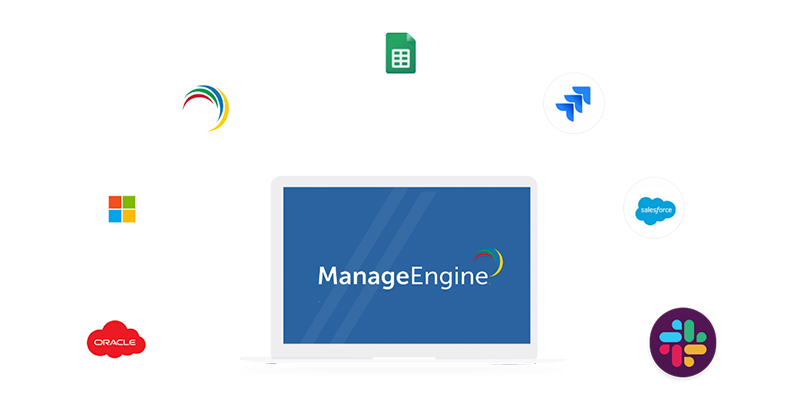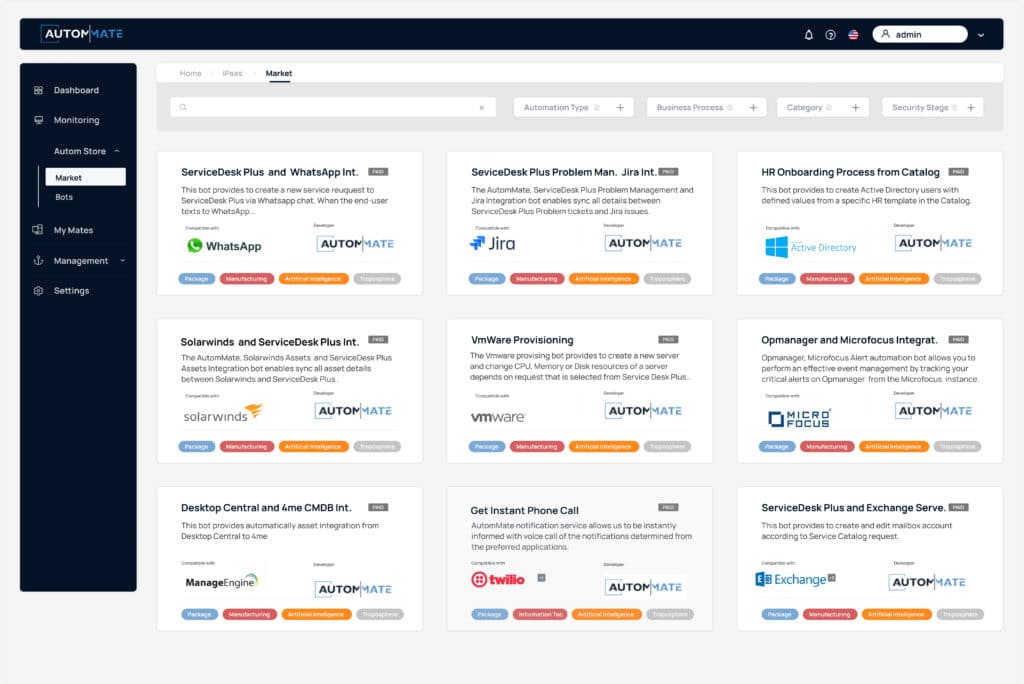To define it briefly, hyperautomation is the execution of human-power-based processes with artificial intelligence technology. Hyperautomation automates processes by creating a digital version of the institution it integrates with. This system, which is one of the technology trends of recent years, works depending on RPA and Intelligent Business Process Management Systems, which creates many advantages over conventional automation technologies. In this article, we’ll dive deeper into the benefits of hyperautomation.

Hyperautomation makes business processes easier by increasing the performance experience of companies.
As a matter of fact, research shows that hyperautomation has become almost a necessity for the players in the business world to be sustainable. So much so that, according to a study by ZDNET, it has been determined that 80% of organisations will actively use hyperautomation in their business by 2024.
According to Gartner’s data, the benefits of hyperautomation does not not only shine operational processes. This system, which can easily reach a number of vehicles that can be automated, also contributes to processes in the stages of measuring, monitoring, designing, discovering and analysing. Hyperautomation, which is also effective in the democratisation of technology, also known as the digital twin of an organisation, or DTO, provides a smart combination of multiple parameters included in the workflow.
With this ease brought by technology, manpower can add greater value to the institution or company in which it exists by showing its effect at the stage of thinking and choice. Human intelligence can decide which combination will work better or should be improved.
How Does Hyperautomation Make a Difference?
Although the difference between hyperautomation and automation is very similar when explained theoretically, there is an important difference between them when looking at the application. Automation alone often refers to the practice of automating a single aspect of your business, such as leveraging robots in production or using chatbots to answer simple questions from your customer.
Hyperautomation offers a large, self-learning, and self-developing system aimed at automating every aspect of a business, saving time that could be better spent elsewhere.
Here are the main benefits of hyperautomation and how it is changing the way businesses work:
1- More Focused Workforce
Automation alone often refers to the practice of automating a single aspect of your business, such as leveraging robots in production or using chatbots to answer simple questions from your customer.
- Companies have leveraged business process automation solutions, including BPM-powered RPA and ODM-powered AI, for years to improve workflows and security. For example, you can perform an analysis with 10 or 20 employees, with just one automation, much shorter and with fewer errors. With hyperautomation, having 1000 virtual bot workers instead of having 20 physical workers is less costly, less costly, and provides fewer errors.
- RPAs perform task-centred, rule-based work, while AI for data-driven modelling designs mimics human learning and decision-making abilities. With hyperautomation that combines RPA, AI, and more technologies, process automation takes on another meaning.
- Similarly, the rise of AI-driven rule engines looks set to impact the future of process automation. Rule engines are used to simplify complex processes. It automates the transformation of ideas into decisions by taking action toward goals while setting the rules. Hyperautomation makes it easy to go far beyond all of this.
2- Integrates Apps & Teams
Being a cloud-based system, this management tool is a coding process. Beyond RPA, it can manage longer workflows and support decision-making. This system, which is more complex than Robotic Process Automation, works with the power of multiple software and technologies. In addition, integration and necessary protocols can be provided easily.
3- Faster Workflows
Hyperautomation saves significant time. While your employees save valuable time, they can make faster decisions, and the error rate is minimised. However, employees can focus more on work that only humans can do.
- McKinsey reports that 2.6 trillion hours of work are automated each year in the United States. When the numbers get this high, people start to wonder about the true potential of automation and ways to improve workflows with more comprehensive systems like hyperautomation.
- At the same time, in the coming years, hyperautomation is expected to be more than just another method you can use to improve your workflow. Hyperautomation is fast becoming the standard way of doing business. More companies are taking data-driven steps to achieve even better results with hyperautomation, placing them in a much stronger competitive position.

- However, in the coming years, hyperautomation is expected to be more than just another method you can use to improve your workflow. Hyper-automation is fast becoming the standard way of doing business. More companies are taking data-driven steps to achieve even better results with hyperautomation, placing them in a much stronger competitive position.
4- High ROI
McKinsey reports that in the US alone, businesses are spending $2.7 trillion on the jobs most suited to automation. Any business that wants to make more profits and increase its growth rate can benefit from hyperautomation.
- Hyperautomation offers unlimited possibilities to take much more predictable steps and maximise efficiency in certain areas. It can be used in many different ways, depending on the nature and requirements of the job.
- The banking and financial world uses it to assist with the unlimited data processing they have to complete on a daily basis. The healthcare industry is leveraging hyperautomation to process critical information about countless patients and manage their inventories in hospitals. Accountants and auditors use it to eliminate the need to prepare excel sheets and the manual writing process.
- Any business that has to deal with large volumes of data can use hyper-automation to save time and increase employee productivity by avoiding repetitive tasks. As a result, they can create a systematic approach to automation that helps them approach their agility goals.
5- Fewer Errors
While human-powered workflow processes are much more prone to errors, this situation is different in systems supported by hyper-automation. As long as certain integrations and controls are provided, the workflow process is carried out with fewer errors.
Hyperautomation at Its Best: Meet Autom Mate
Autom Mate, one of the giants of the automation world, is officially rewriting the rules in the field of hyperautomation as well as in the field of automation. It is ready to serve you to take your business to a much better level with the hyper-automation tools it has put on the stage with many different innovations and developments. If you want to automate your business processes and meet the world of hyperautomation with Autom Mate, one of the most important names in the industry, you can register now.

